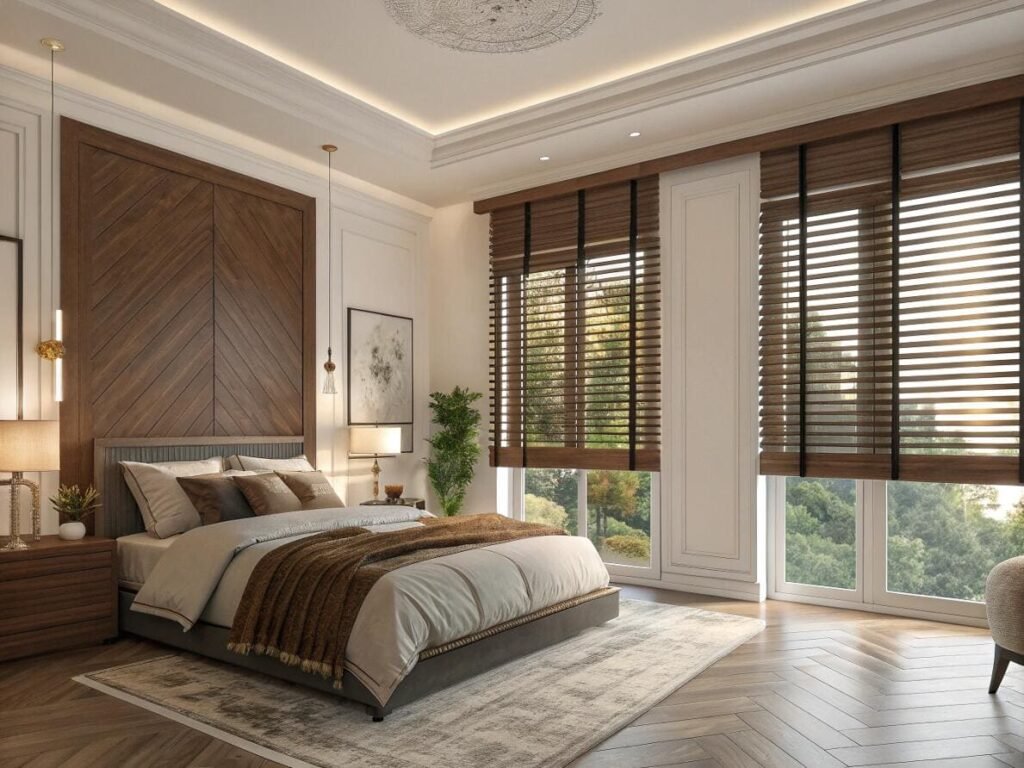Choosing between the classic beauty of wood blinds and the architectural elegance of shutters feels like a high-stakes decision. You're not just decorating; you're investing in your property.
Wooden shutters are a permanent architectural feature[^1] that can actively increase a home’s resale value. Wooden blinds[^2] are a more versatile and affordable high-end accessory[^3], offering superior light control. The smarter investment depends on whether you prioritize long-term asset value or functional flexibility.
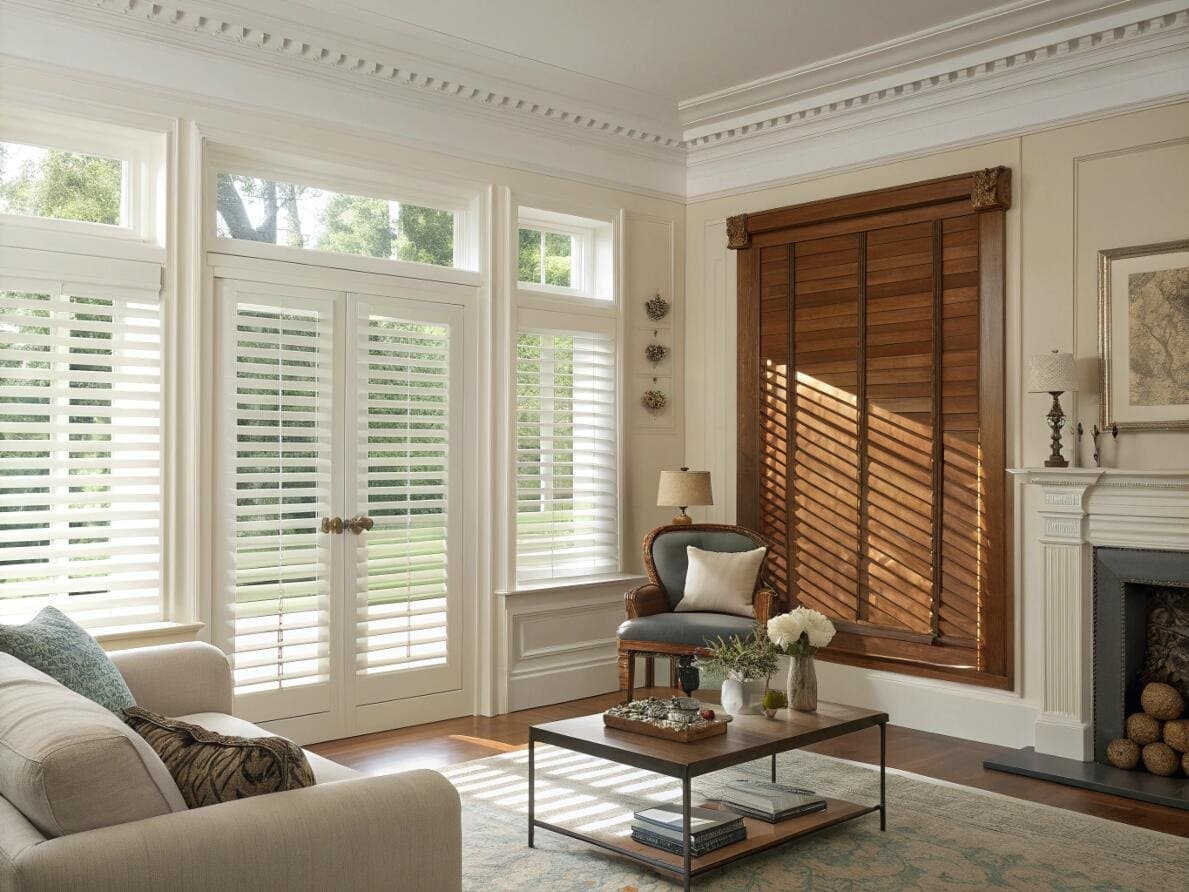
This choice has evolved beyond simple aesthetics. As a supplier for major projects, I've seen the conversation shift. My clients, designers and contractors like Emma, are now asking about ROI, style longevity, and long-term performance. They are evaluating these products not as expenses, but as assets. Let’s break down this strategic decision by answering the most common questions I get.
Which is better, wooden blinds or shutters?
You need to make the right call for your project. But the classic look of both makes the choice between a permanent upgrade and a high-end accessory feel incredibly difficult.
Neither is universally "better," as they serve different strategic purposes. Shutters are better for maximizing property value and creating a timeless, built-in look. Wooden blinds are better for precise light control, style flexibility, and a lower initial investment.
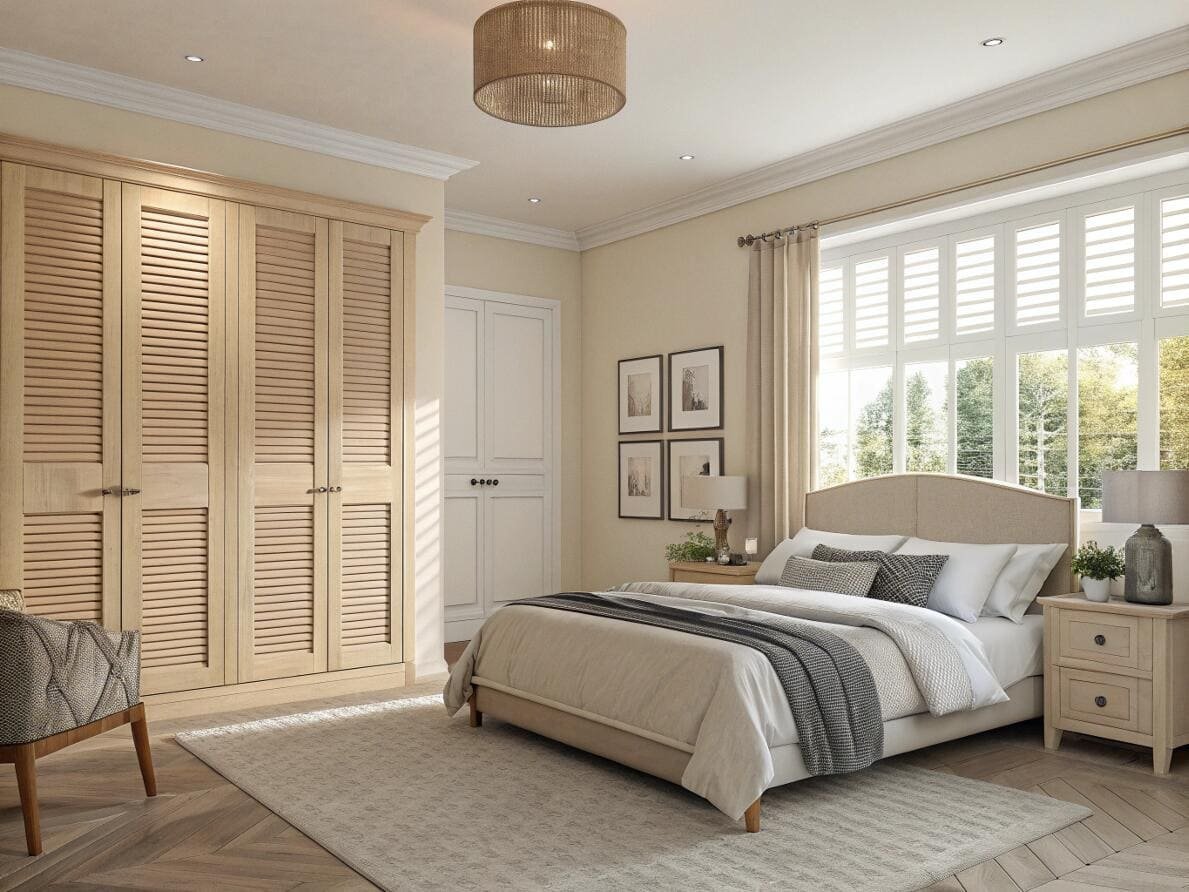
I see clients struggle with this constantly. The best way to think about it is to ask: "Is this part of the wall, or is it on the wall?" Shutters become part of the home's architecture, like crown molding or a built-in bookcase. They are a permanent fixture[^4]. Wooden blinds, even high-quality custom ones, are treated as window coverings—a premium, beautiful accessory, but still an accessory. This fundamental difference drives every other consideration, from cost and installation to the value they add to the property.
Core Strategic Differences
Understanding their roles as assets is key to making the right choice.
| Feature | Wooden Shutters | Wooden Blinds |
|---|---|---|
| Asset Type | Permanent Architectural Fixture | High-End Removable Accessory |
| Property Value | Directly increases appraised value. | Enhances perceived value and appeal. |
| Light Control | Good (Tilting louvers). | Excellent (Tilting and raising/lowering). |
| Initial Cost | High. | Medium to High. |
| Best For | Long-term investment, classic homes. | Versatility, modern and traditional decor. |
Are wood blinds and shutters out of style for 2025?
You're investing significant money into a look. The biggest fear is that your choice will appear dated in just a few years, undermining your investment and the home's aesthetic.
No, both wooden blinds and shutters are timeless classics[^5] that will not be out of style in 2025 or beyond. Their use of natural materials and classic lines transcends fleeting trends, making them a safe and durable investment in your home’s aesthetic.
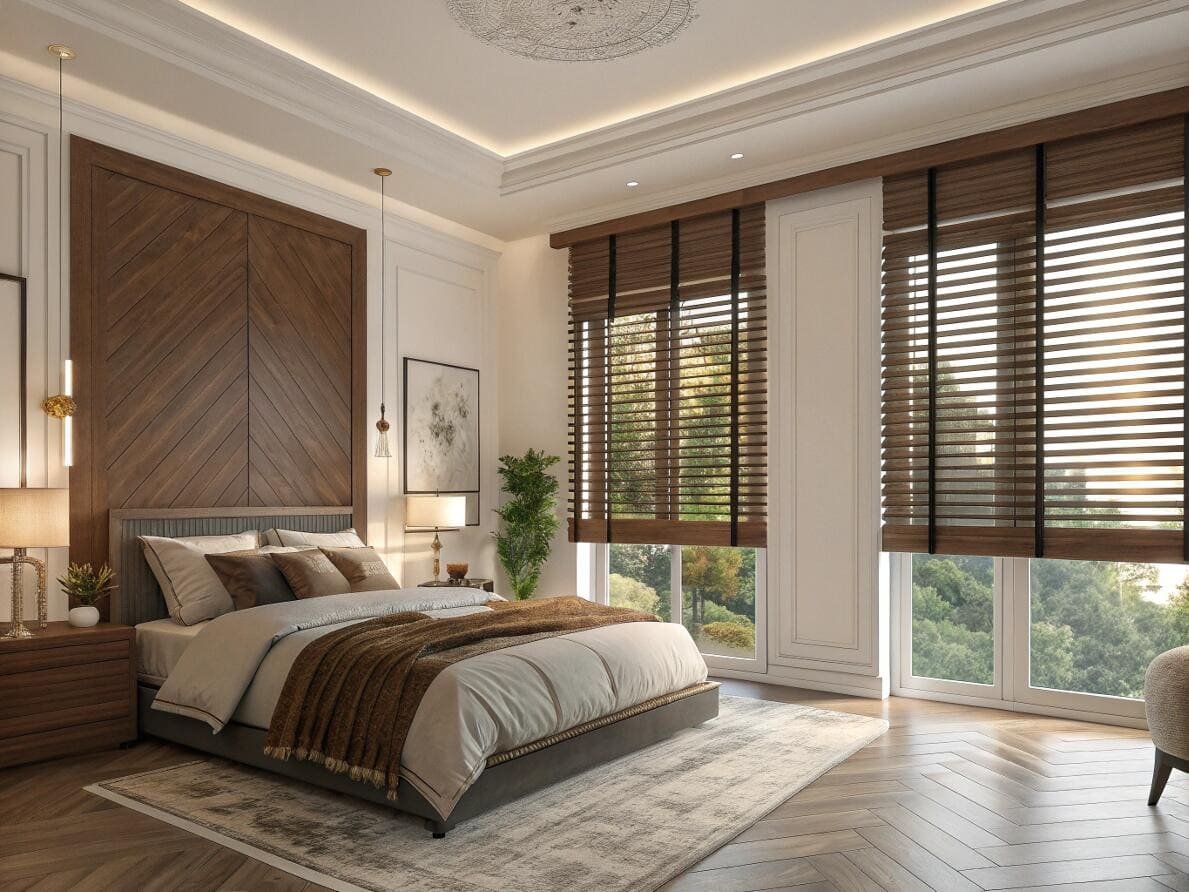
This "style anxiety" is something I help designers overcome all the time. Unlike a trendy paint color or pattern, wood is a foundational material. Think about hardwood floors or a classic oak table—they never go out of style. Shutters are particularly "future-proof" because they integrate so deeply into the home's character. They feel like they've always been there. Wooden blinds offer a warm, natural texture that softens modern spaces and complements traditional ones. Their popularity is rooted in their versatility and natural beauty, not a passing fad. Choosing either is a confident move towards lasting style.
Why Their Style Endures
Their longevity isn't just an opinion; it's based on solid design principles.
-
Natural Material Appeal
Wood brings warmth, texture, and an organic element that connects indoor spaces with nature. This human-centric design principle is enduring.
-
Architectural Integration
Shutters are considered a permanent upgrade by home appraisers. Their design is rooted in centuries of architecture, from colonial homes to modern farmhouses. This architectural heritage makes them immune to trends.
-
Versatile and Classic
Wooden blinds, especially with wider slats (e.g., 2.5 inches), offer a clean, horizontal line that works with nearly any decor. They provide structure without being visually heavy, making them a designer's staple.
Wooden Shutters vs. Blinds: Which Lasts Longer?
You need a solution that will stand the test of time. A product that fails or wears out prematurely means callbacks, replacement costs, and a damaged reputation for your project.
Properly maintained wooden shutters have a significantly longer lifespan, often lasting for decades as a permanent fixture. Wooden blinds, with their cords and tilting mechanisms, typically have a lifespan of 10-15 years before parts may begin to show wear.
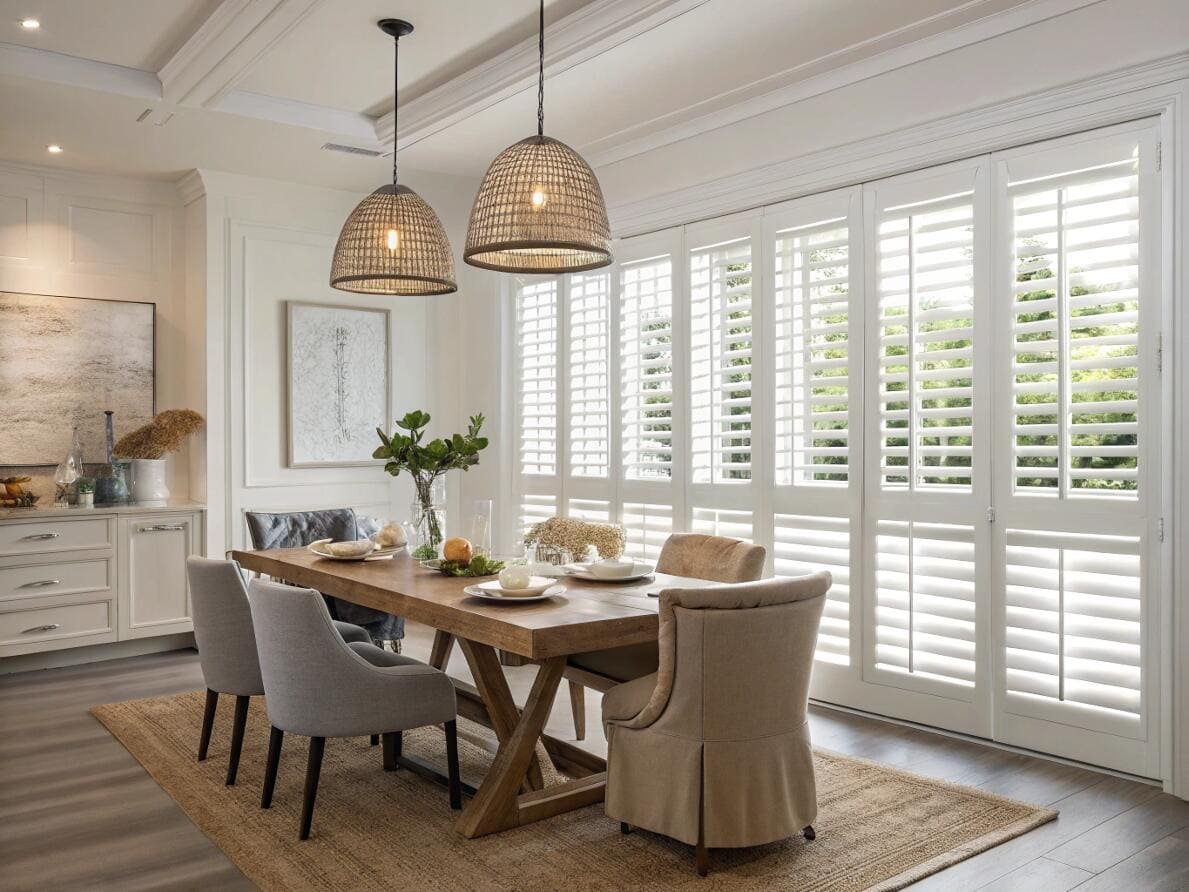
When we talk about durability[^6], we are talking about two different things. For shutters, durability means the wood's resistance to warping and the sturdiness of the joints. They have fewer moving parts. For blinds, durability involves the slats themselves, but more importantly, the lifting cords and tilting wands or gears. These are the points of failure. As a supplier, I know that the quality of these small components is what separates a blind that lasts five years from one that lasts fifteen. While shutters are the clear winner for ultimate longevity, a high-quality[^7] wooden blind from a reputable source like VelaBlinds is a very durable and reliable long-term solution.
Durability and Lifespan Comparison
| Aspect | Wooden Shutters | Wooden Blinds |
|---|---|---|
| Typical Lifespan | 25+ years (can be lifetime of home). | 10-15 years. |
| Common Wear Points | Paint/finish in high-sun areas; panel joints. | Lifting cords, tilter mechanism, ladder tapes. |
| Structural Integrity | Very high. Panels are solid and robust. | Dependent on slat thickness and quality of headrail. |
| Maintenance Impact | Regular cleaning preserves finish and function. | Proper operation (not forcing mechanisms) is key to longevity. |
Wooden Shutters vs. Blinds: Light Control Performance
Your space needs to be functional. Whether it's blocking afternoon glare or creating a bright, welcoming atmosphere, you need precise control over natural light.
Wooden blinds offer more versatile and precise light control than shutters. While both allow you to tilt the slats, only blinds can be raised completely to fully expose the window and provide an unobstructed view. This dual-functionality gives you more options.
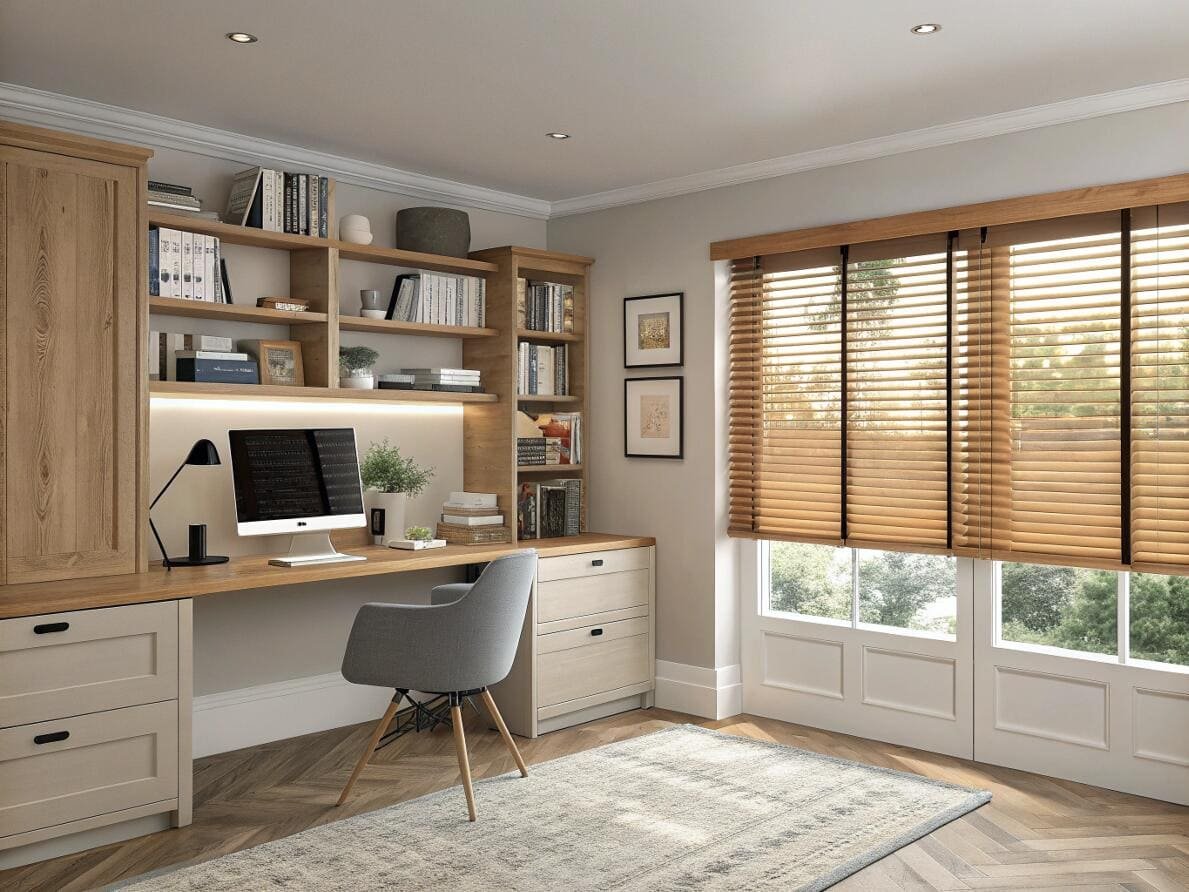
This is one of the few areas where blinds have a clear functional advantage. I often explain it to my clients like this: with shutters, your options are "open" or "closed" for the panels, with tilting louvers for fine-tuning. With blinds, you get that same tilting function, but you also gain the ability to control how much of the window is covered. You can raise them a quarter of the way for ground-level privacy, halfway for a balanced look, or all the way to the top to flood the room with light. This level of control is incredibly valuable in multi-use spaces like living rooms or offices, where lighting needs change throughout the day.
What is the disadvantage of wooden blinds and shutters?
You're close to a decision, but you need to know the potential downsides. Overlooking a key disadvantage can lead to long-term dissatisfaction for your client.
The main disadvantage for both is their vulnerability to moisture, making them unsuitable for very humid areas like bathrooms. For shutters, the high cost and permanence is a drawback. For blinds, the main disadvantage is that they can be harder to clean.
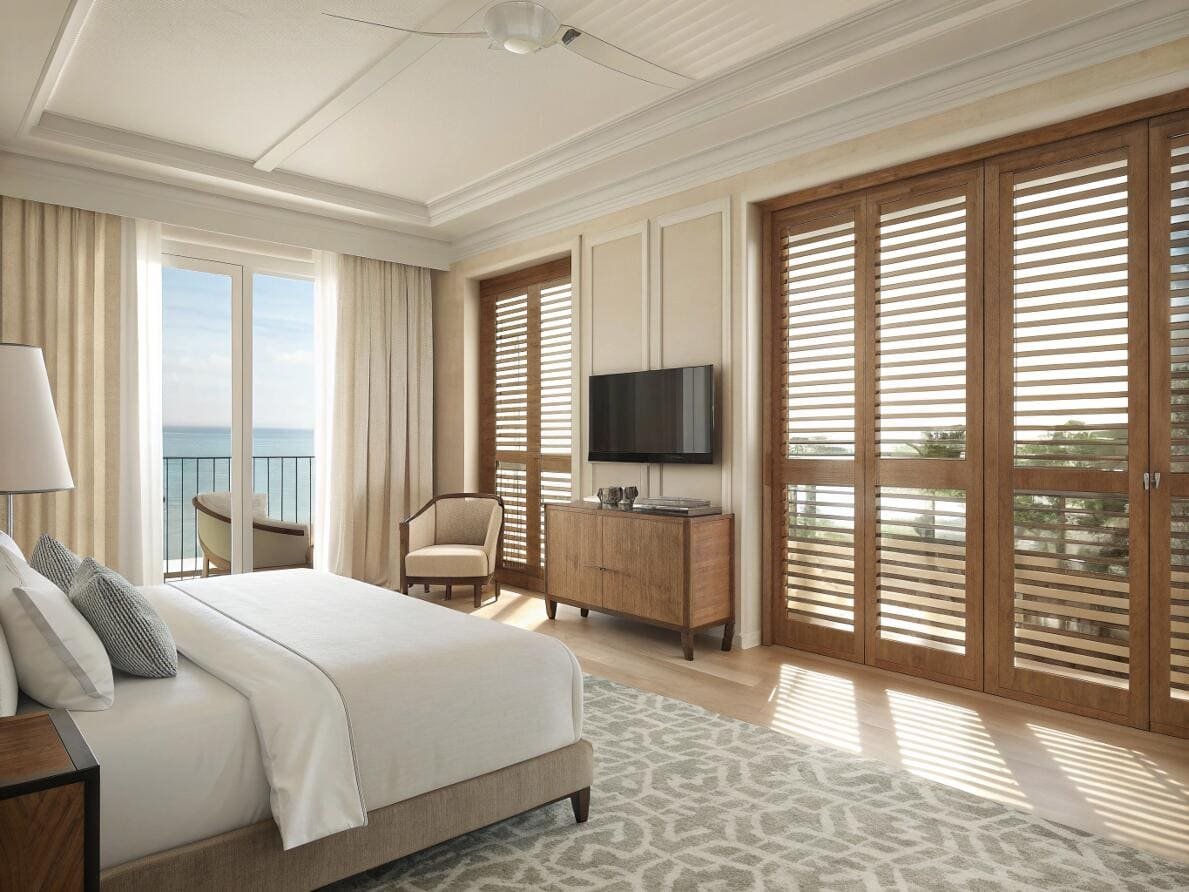
No product is perfect for every situation. The most critical factor for any real wood product is climate. In a bathroom with a shower that's used daily without good ventilation, real wood is a risk. It can warp or, in extreme cases, develop mold. For these applications, I always steer my clients toward our high-quality Faux Wood options, which provide the same look with total moisture resistance[^8]. Beyond that, the disadvantages are distinct. Shutters are a major commitment in price and style. Blinds require more detailed cleaning—wiping down each individual slat takes more time than wiping the large louvers of a shutter panel.
Do wooden blinds increase home value?
You're managing a project budget, and every dollar has to count. You need to know if choosing wood blinds is just an expense or a real investment that adds to the property's bottom line.
While wooden shutters directly increase appraised home value, high-quality wooden blinds significantly increase a home's perceived value and marketability. They create a high-end, finished look that makes a property more attractive to potential buyers, leading to faster sales and higher offers.
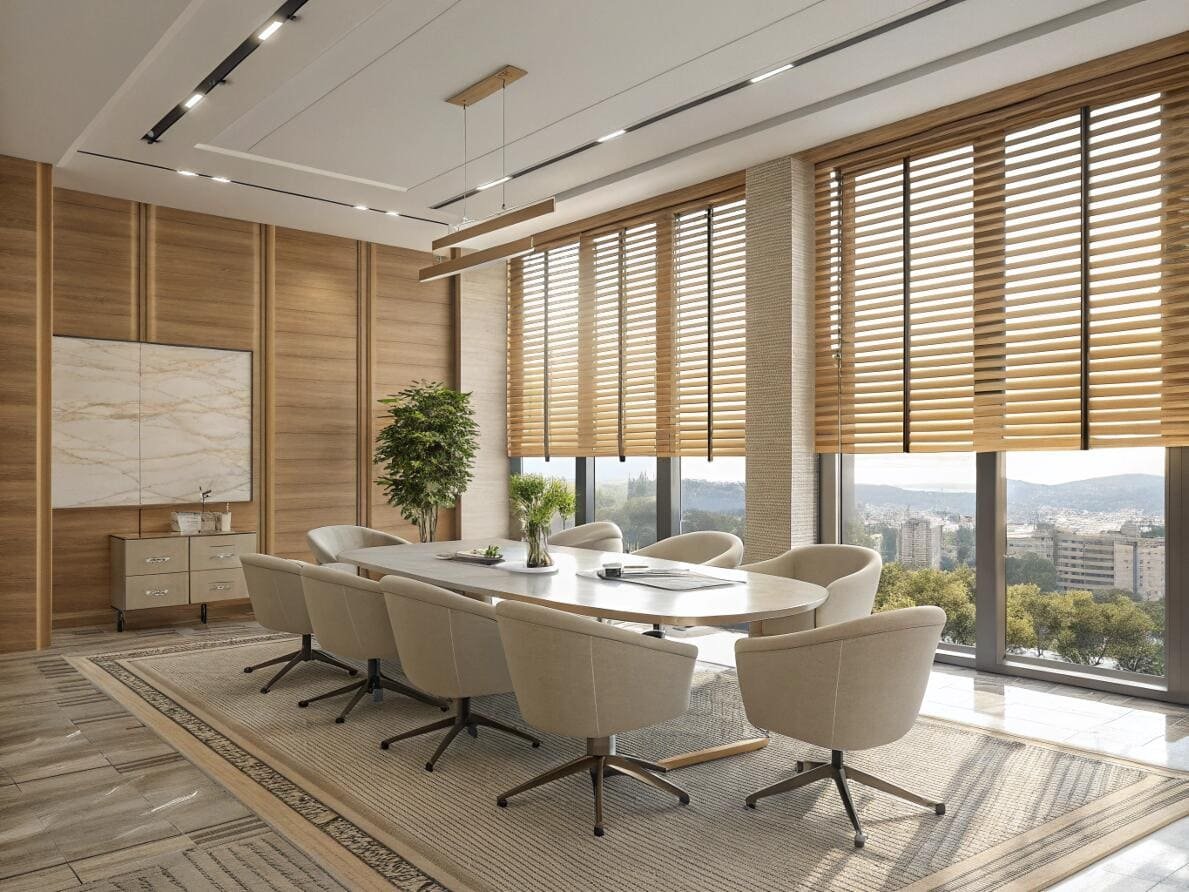
This is a subtle but important distinction I make with my clients. An appraiser might not add a specific dollar amount for blinds like they would for shutters. However, in the real world of real estate, curb appeal and move-in readiness are incredibly powerful. A home with custom-fit, real wood blinds looks polished and well-cared-for. It signals quality. Buyers see them and think, "That's one less thing I have to do." This psychological advantage can absolutely translate into real money by making the home stand out and feel more valuable than a comparable property with cheap, basic window coverings. It's an investment in a first impression.
Conclusion
Choosing between wooden shutters and blinds is a strategic investment. Shutters are a permanent architectural asset that boosts property value. Blinds are a versatile, high-end accessory that enhances appeal and offers superior control.
---
[^1]: Understand how architectural features can enhance the overall design and value of your home.
[^2]: Discover the advantages of wooden blinds for precise light control and versatility in design.
[^3]: Find out what makes certain home decor items considered high-end accessories.
[^4]: Learn why permanent fixtures can be a smart choice for long-term home value.
[^5]: Explore classic home decor styles that never go out of fashion.
[^6]: Learn about the key factors that influence the durability of various window treatments.
[^7]: Discover the characteristics that make window treatments high-quality and durable.
[^8]: Discover window treatment options that can withstand high humidity environments.Partner with VelaBlinds for Your Next Project
Smart window treatments shouldn't be complicated. After working with 500+ distributors and contractors worldwide, I've streamlined the process to get you quality products, competitive pricing, and reliable support - every time.
Why project professionals choose VelaBlinds:
- ✅ Fast, Accurate Quotes - Detailed specs and pricing within 24 hours
- ✅ Transparent Pricing - No hidden fees, volume discounts clearly outlined
- ✅ Quality Assurance - Direct partnerships with certified OEM manufacturers
- ✅ Project Support - Dedicated account manager from quote to delivery
Start your next project:
📧 Quick Quote: Send your requirements to info@velablinds.com
📱 Direct Contact: WhatsApp +86 137 2012 8317
🌐 Browse Solutions: https://velablinds.com/
📁 Product Resources: Access spec sheets, catalogs & project files
Paul Chen, Founder
"I built VelaBlinds to solve the real challenges I faced as a project buyer - long lead times, unclear specs, and unreliable suppliers. Let's discuss how we can power your projects with smarter blinds."
Serving distributors and contractors across North America, Europe, and Australia since 2018.

